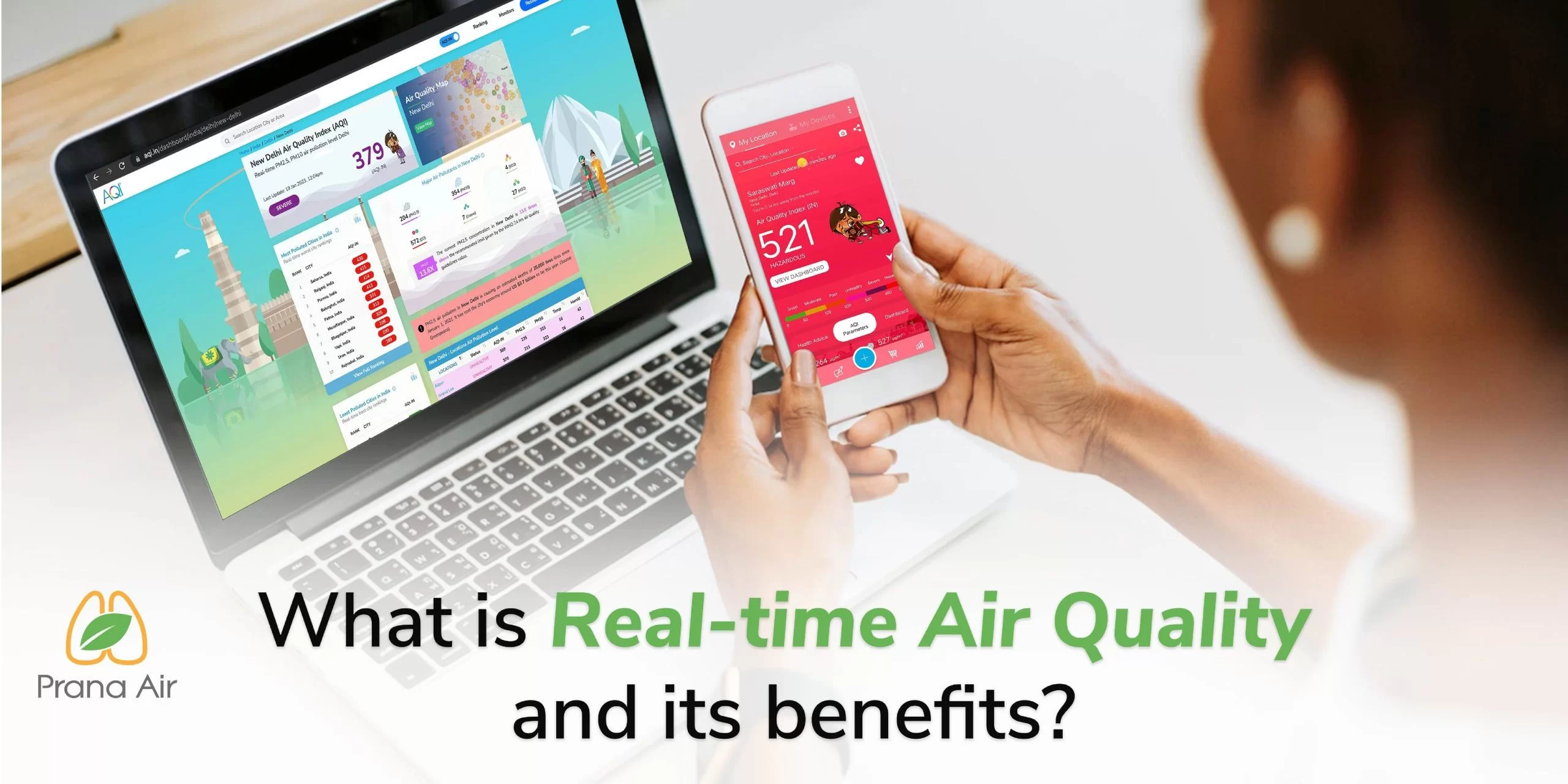What is real-time air quality?
Real-time air quality refers to the measurement and reporting of air pollution levels as they occur in the present moment, rather than through historical data or forecasted estimates. We can gather this information through the use of air quality monitoring equipment. This equipment can measure the levels of various pollutants in the air and transmit that data in real-time to a central location or app. The data helps in alerting individuals and organizations to potential health hazards. It helps to inform decisions about when and where to take action to reduce pollution.
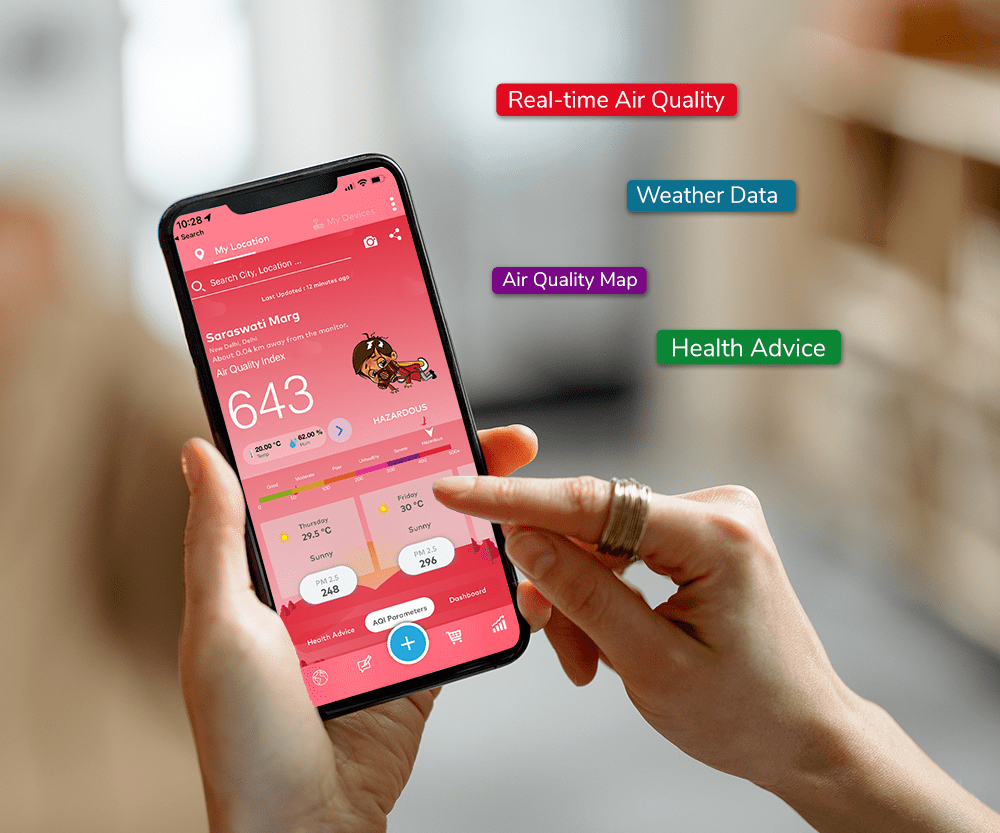
Real-time air quality data:
It refers to information about the current levels of pollutants in the air, such as particulate matter, ozone, nitrogen dioxide, sulfur dioxide, and carbon monoxide. Public can access the constantly updated data. This data is often collected by government agencies or private organizations using air quality monitoring stations. Websites and apps used to monitor data easily. It helps in tracking the air pollution trends over time. It furthermore helps to identify sources of pollution, and inform decisions about public health and environmental policy.
Purposes of real-time air quality data:
- Public health: Used to inform decisions about public health. For example, issuing air quality alerts or advisories for vulnerable populations. Furthermore, to track the health effects of air pollution over time.
- Environmental policy: Used to inform decisions about environmental policy. These include regulations on industrial emissions or transportation.
- Research: Useful in scientific research to study the causes and effects of air pollution and to develop new technologies and strategies for reducing pollution.
- Public awareness: Useful in raising public awareness about air pollution and its health effects, and to encourage individuals and communities to take action to reduce pollution.
- Businesses: Used by businesses to track and monitor the air quality in their area. Improvement in the safety and protection of employees’ health.
- Smart cities: This data can be integrated into smart cities’ systems for monitoring and controlling the air quality and pollution level in the city. Therefore helping the city authorities to take necessary actions in case of high pollution levels.
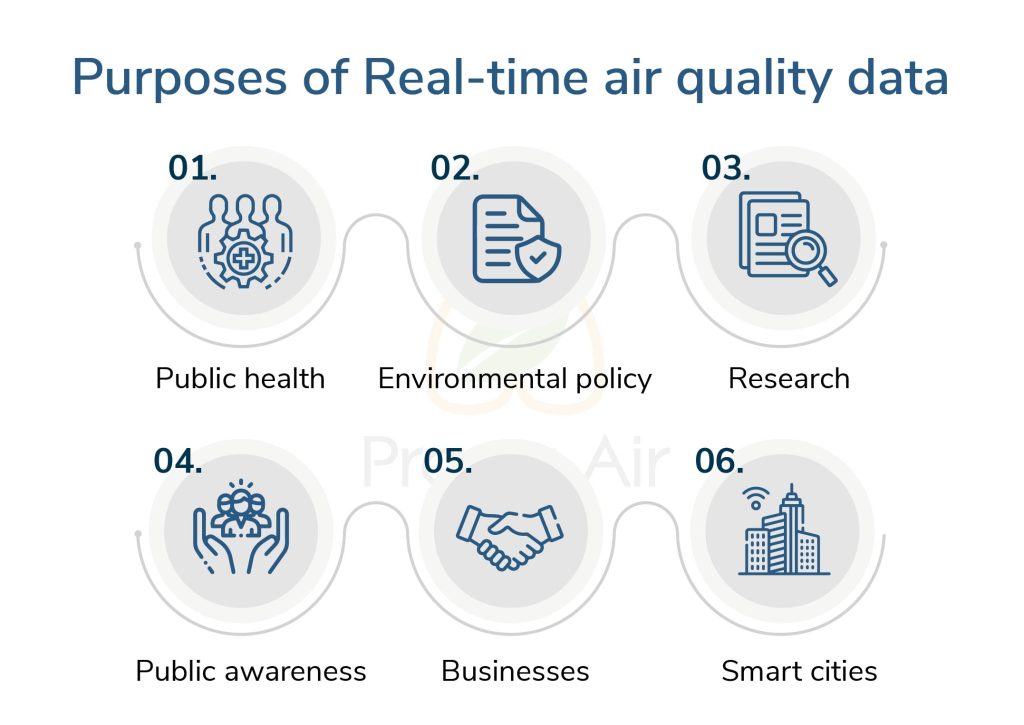
What is AQI?
AQI (Air Quality Index) is the way to measure the air pollution levels. AQI is combined from different air pollution parameters. These include particulate matter(PM1, PM2.5, PM10), toxic gases(SOx, NOx, etc.), VOCs, and others. As the AQI rises, a huge proportion of the population will suffer from severe unfavorable health effects. Measuring AQI requires an air monitor and an air pollutant concentration during a given average period. The results are classified into ranges, with each range receiving a descriptor, a color code, and a standardized public health advisory.
The AQI is calculated as a weighted average of the sub-indices. Environmental Protection Agency (EPA) and other government agencies set the weighting factors, depending on the country. The AQI values are then used to provide a simple and easy-to-understand way for the public to understand the air quality and the associated health risks. That further helps in taking necessary actions to protect themselves and others.
AQI index:
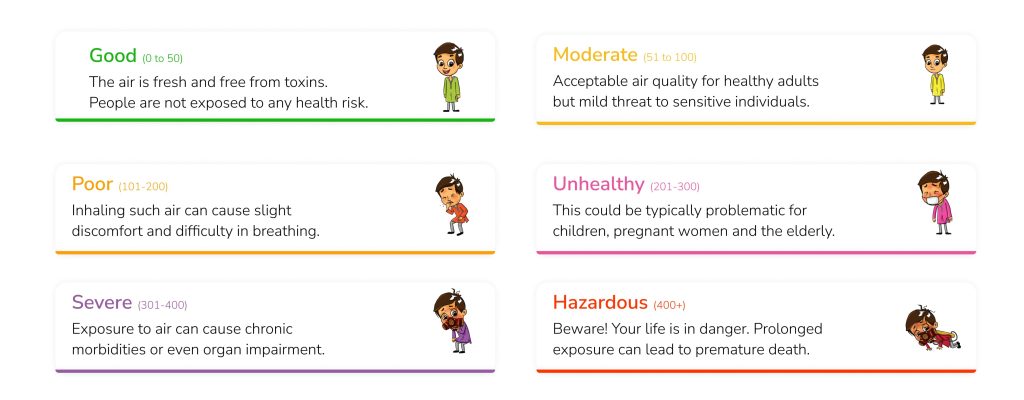
Benefits of Real-time Air Quality
AQI in a specific time would allow for more rapid and fast precautions to adopt mitigation strategies are adopted. Traditional approaches include the air quality data in 8-24 hours. This means that air quality today will come to light tomorrow. This delays the precautions and mitigation strategies. Air quality does not remain constant. Hence, the pollution concentration in the air would not be the same the next day.
– There are several benefits of real-time air quality data:
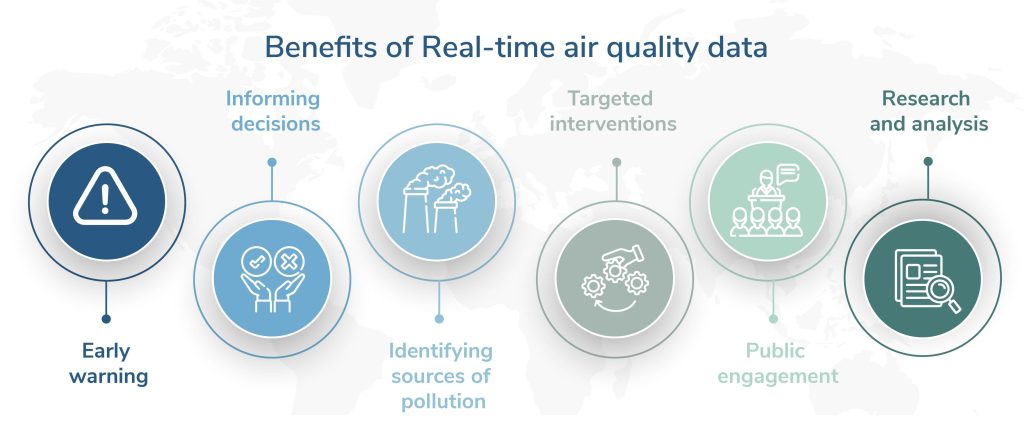
1. Early warning: Real-time air quality data can provide early warning of potential health hazards. This allows individuals and organizations to take action to protect themselves and others.
2. Informing decisions: It can inform decisions about when and where to take action to reduce pollution. This includes decisions such as temporarily closing a school or factory during a high pollution event.
3. Identifying sources of pollution: Used to identify the sources of pollution. For example, a specific factory or road, which can inform decisions on how to address the problem.
4. Targeted interventions: Utilized to target interventions in specific areas or neighborhoods, where pollution levels are highest.
5. Public engagement: App or online dashboards to view real-time air quality data for general public. Hence, it helps in engaging the public in discussions about air quality and encourage them to take action to improve it.
6. Research and analysis: Useful for research and analysis to better understand the causes of pollution and therefore how to effectively address it.
– Real-time air quality benefits: Scientific approach-
There are several scientific uses of real-time air quality data:
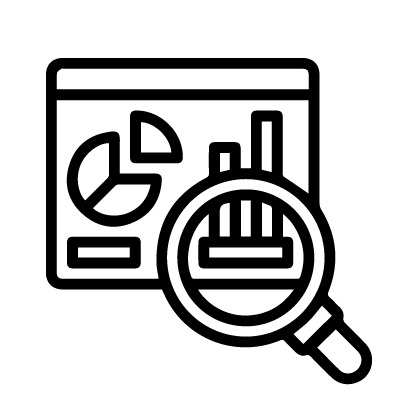
1. Air quality forecasting: Used to improve air quality forecasting models by providing more accurate and up-to-date information on pollution levels.
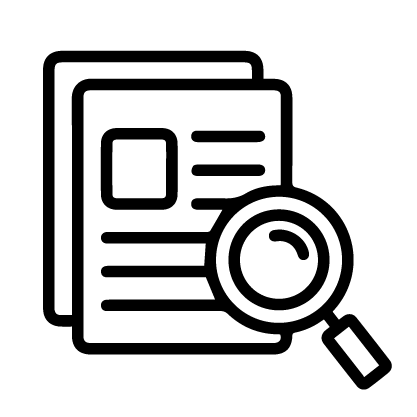
2. Research on air pollution: Used to conduct research on the causes and effects of air pollution. It helps to evaluate the effectiveness of different interventions aimed at reducing pollution as well.
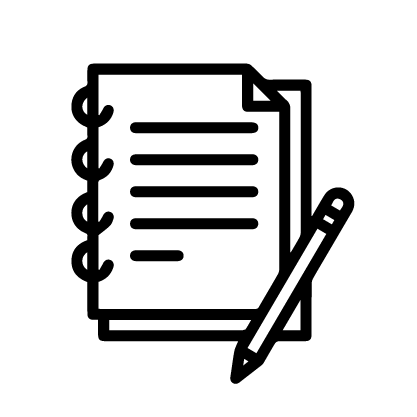
3. Epidemiological studies: Used to conduct epidemiological studies to investigate the relationship between air pollution and human health.
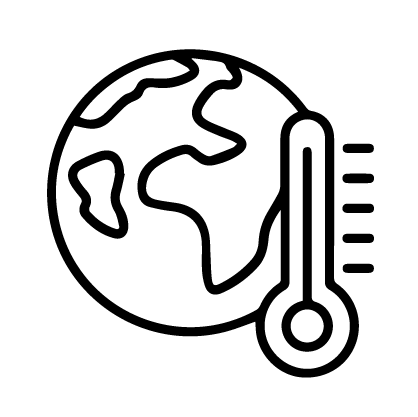
4. Climate change research: Used to study the impact of air pollution on climate change. This further helps to evaluate the effectiveness of different mitigation strategies.
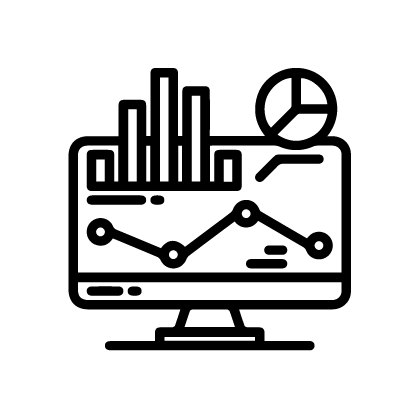
5. Monitoring compliance with regulations: Applied to monitor compliance with air quality regulations. Environmental Protection Agency (EPA) and other government agencies set these regulations.
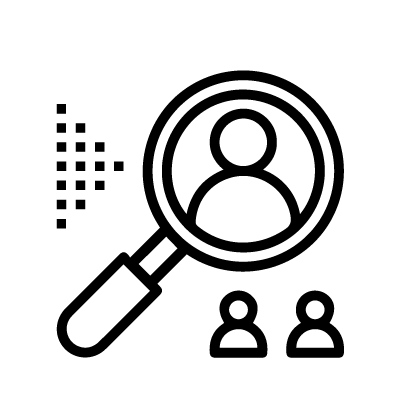
6. Identifying trends and patterns: Used to identify trends and patterns in air pollution over time and across different regions. This informs decisions on how to address it.
To know more about what we do, please visit:

